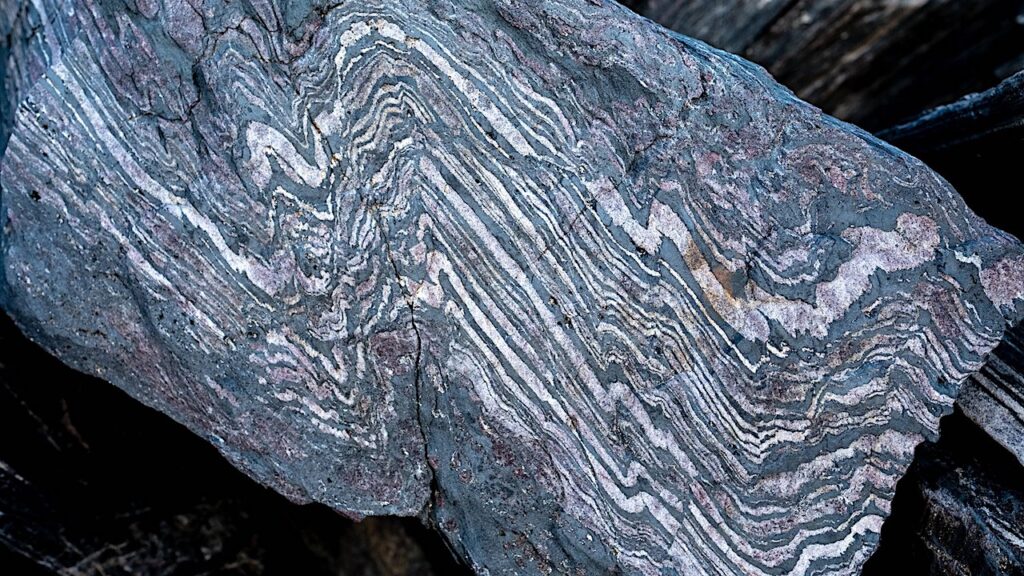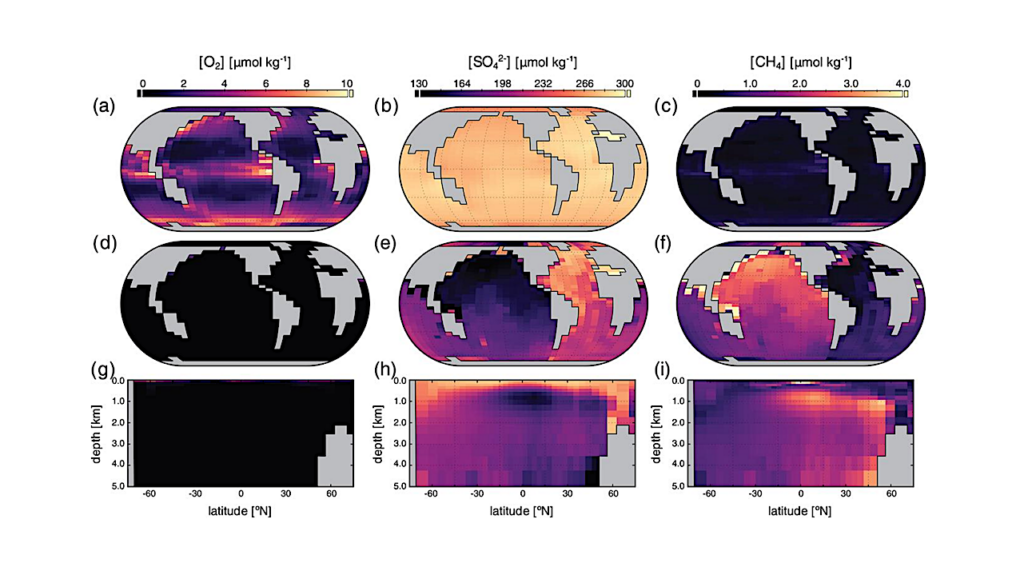Simultaneous Optical Transmission Spectroscopy of a Terrestrial, Habitable-Zone Exoplanet with Two Ground-Based Multi-Object Spectrographs

Investigating the atmospheres of rocky exoplanets is key to performing comparative planetology between such worlds and the terrestrial planets that reside in the inner Solar System.
Terrestrial exoplanet atmospheres exhibit weak signals and attempting to detect them pushes at the boundaries of what is possible for current instrumentation. We focus on the habitable zone terrestrial exoplanet LHS 1140b. Given its 25-day orbital period and 2-hour transit duration, capturing transits of LHS 1140b is challenging.
We observed two transits of this object, approximately one year apart, which yielded four data sets thanks to our simultaneous use of the IMACS and LDSS3C multi-object spectrographs mounted on the twin Magellan telescopes at Las Campanas Observatory. We present a jointly fit white light curve, as well as jointly fit 20 nm wavelength-binned light curves from which we construct a transmission spectrum. Our median uncertainty in Rp^2/Rs^2 across all wavelength bins is 140 ppm, and we achieve an average precision of 1.28x the photon noise. Our precision on Rp^2/Rs^2 is a factor of two larger than the feature amplitudes of a clear, hydrogen-dominated atmosphere, meaning that we are not able to test realistic models of LHS 1140b’s atmosphere. The techniques and caveats presented here are applicable to the growing sample of terrestrial worlds in the TESS era, as well as to the upcoming generation of ground-based giant segmented mirror telescopes (GSMTs).
Hannah Diamond-Lowe, Zachory Berta-Thompson, David Charbonneau, Jason Dittmann, Eliza M.-R. Kempton
(Submitted on 19 Sep 2019)
Comments: 19 pages, submitted to AJ
Subjects: Earth and Planetary Astrophysics (astro-ph.EP); Instrumentation and Methods for Astrophysics (astro-ph.IM)
Cite as: arXiv:1909.09104 [astro-ph.EP] (or arXiv:1909.09104v1 [astro-ph.EP] for this version)
Submission history
From: Hannah Diamond-Lowe
[v1] Thu, 19 Sep 2019 17:26:25 UTC (3,781 KB)
https://arxiv.org/abs/1909.09104
Astrobiology








